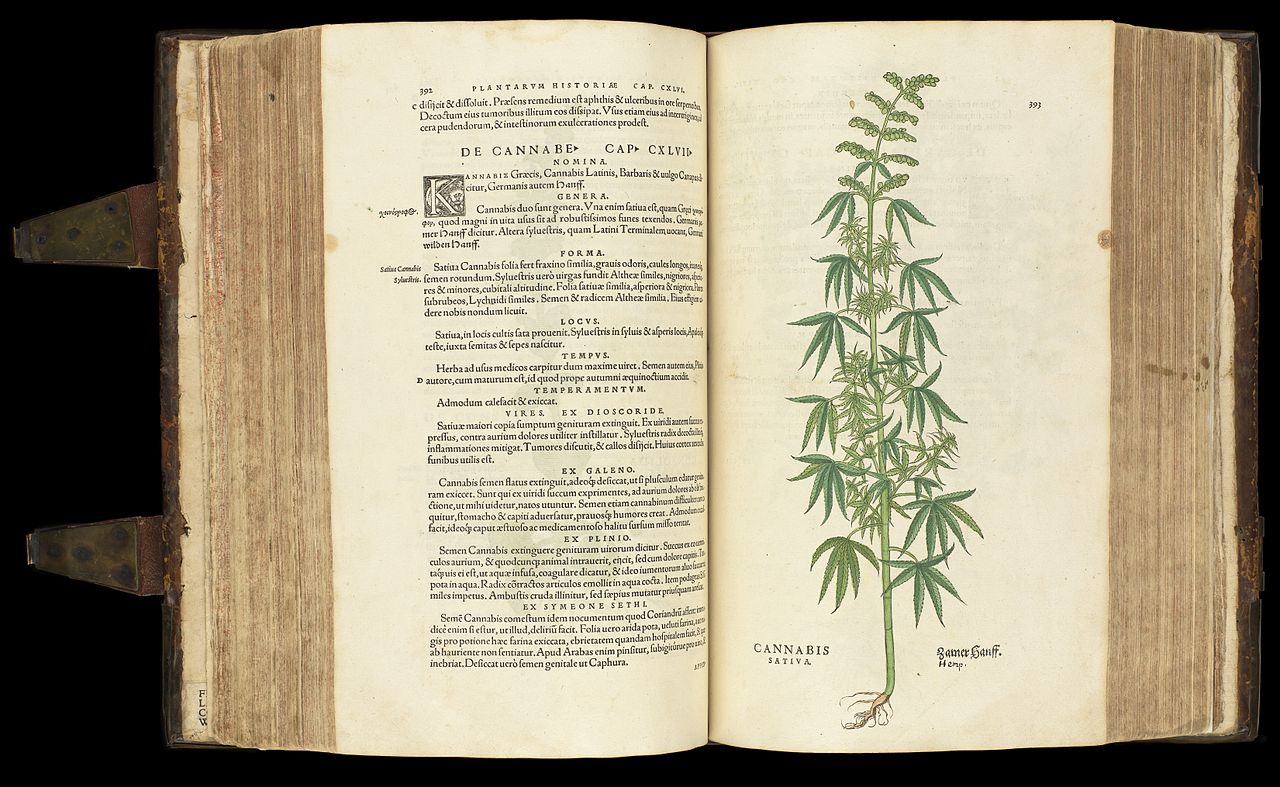Indicas versus sativas: A distinction without a difference
By the Society of Cannabis Clinicians
Recently students from Oakton Community College in Des Plaines, Illinois had a test question posed by Sarah Mann, MD:
Question:
In this module, you learned about the Indica, Sativa, Hybrid classification system. Despite the scientific stance, dispensaries are still organized by this system. Which reinforces the ongoing misconceptions amongst the patients. As a dispensary agent, what would you tell a new patient that comes in and asks you if you recommend a Sativa or Indica for their pain?
Note: This concept will become increasingly important as more is learned. This discussion post will be worth 10 points.
****
One of the students, Mac Urban, had an outstanding answer which was submitted to the SCC and happily reprinted (with permission by all parties):
As a dispensary agent, I would tell a chronic pain patient to try to suspend judgment on the cherished indica/sativa dichotomy. It has no basis in pharmacology. There is no genome for “sativa.” There is no genome for “indica.” At best, this is a phenotypical difference. But phenotypical differences are not chemical differences. (For morphology is not chemistry.) At the same time, I would be sympathetic to their cherished false belief. As dispensary agents we need to exercise tact. To have one’s precious belief violently disproven would be tantamount to a major emotional injury. Disabuse is a process, not an event. The patient already suffers from chronic pain. Do we want to compound their pains? Of course not!
So, I would acknowledge the patient’s belief in a difference. After all, the false belief did originate in a true belief, namely, that Landrace varieties are the source of real sativas and real indicas. The sativas that existed as described by Linnaeus, presented themselves as tall, narrow leaflet cannabis plants. There used to be indicas, described by Lamarck, which presented themselves as bushy (not short), broad leaflet cannabis plants.
But once the plants were moved from their initial conditions, this original phenotypical distinction dissipated. Today cannabis plants are “hybrids.” And every hybrid encodes a “chemotype.” Chemotypes are the ratios of cannabinoids (i.e., THC, CBD, CBN, etc.) and terpenoids (i.e., Myrcene, Limonene, Caryophyllene, etc.) within a given cannabis product:
The degree of interbreeding/hybridization is such that only a biochemical assay tells a potential consumer or scientist what is really in the plant. It is essential that future commerce allows complete and accurate cannabinoid and terpenoid profiles [ = chemotypes] to be available. 1
There are numerous chemotypes. Each chemotype has its own set of medicinal properties.
Additionally, combining various cannabinoids with various terpenoids yields a synergy, whereby the anti-inflammatory properties of specific terpenoids are increased in the presence of specific cannabinoids; and the pain-relieving effects of specific cannabinoids are increased in the presence of specific terpenoids. This kind of combination would be the best chemotype for our chronic pain patient.
So, at the outset, I would gently tell the patient, “Look, I understand what you are saying, what you speak of is rooted in a beautiful reality—but we now have broader understandings of cannabinoids, terpenoids and their management of pain.”
That’s it. You don’t have to go into further details. Unless they’re interested!*
*The original test response has been edited for the sake of clarity.
Further Reading
- The Gaping Hole in Medical Education on Cannabis
- First Aid for Protestors- A Good Samaritan’s Guide & Packing List
- Sex, Intimacy, and Cannabis
- Changing My Specialty
References
- Piomelli D, Russo EB (2016). The Cannabis sativa versus Cannabis indica debate: an interview with Ethan Russo, MD, Cannabis and Cannabinoid Research 1:1: 44-46, DOI: 10.1089/can.2015.29003.ebr.



